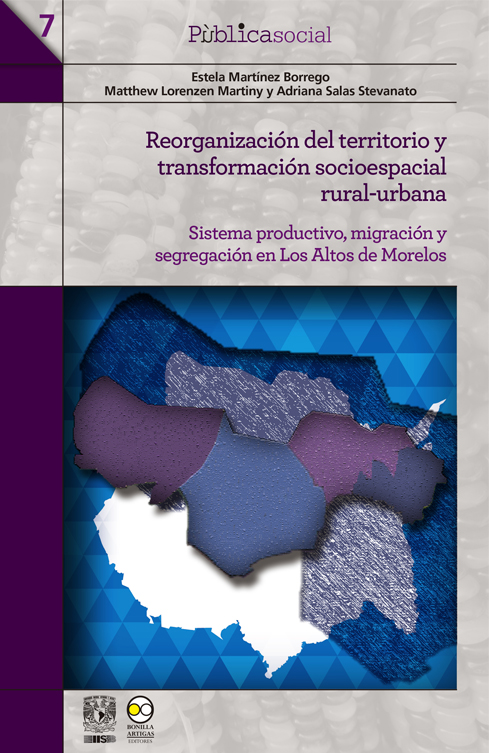Libros relacionados


|
Título: Reinventing The Automobile. Personal Urban Mobility For The 21st Century | |
| Autor: Mitchell William J/ Borroni-Bird Christopher E/ Burns Lawren | Precio: $308.00 | |
| Editorial: The Mit Press | Año: 2010 | |
| Tema: Urbanismo, Transportes, Ingenieria | Edición: 1ª | |
| Sinopsis | ISBN: 9780262013826 | |
| This book provides a long-overdue vision for a new automobile era. The cars we drive today follow the same underlying design principles as the Model Ts of a hundred years ago and the tail-finned sedans of fifty years ago. In the twenty-first century, cars are still made for twentieth-century purposes. They're well suited for conveying multiple passengers over long distances at high speeds, but inefficient for providing personal mobility within cities_where most of the world's people now live. In this pathbreaking book, William Mitchell and two industry experts reimagine the automobile, describing vehicles of the near future that are green, smart, connected, and fun to drive. They roll out four big ideas that will make this both feasible and timely.
First, we must transform the DNA of the automobile, basing it on electric-drive and wireless communication rather than on petroleum, the internal combustion engine, and stand-alone operation. This allows vehicles to become lighter, cleaner, and "smart" enough to avoid crashes and traffic jams. Second, automobiles need to be linked by a Mobility Internet that allows them to collect and share data on traffic conditions, intelligently coordinates their movements, and keeps drivers connected to their social networks. Third, automobiles must be recharged through a convenient, cost-effective infrastructure that is integrated with smart electric grids and makes increasing use of renewable energy sources. Finally, dynamically priced markets for electricity, road space, parking space, and shared-use vehicles must be introduced to provide optimum management of urban mobility and energy systems. The fundamental reinvention of the automobile won't be easy, but it is an urgent necessity_to make urban mobility more convenient and sustainable, to make cities more livable, and to help bring the automobile industry out of crisis. Four Big Ideas That Could Transform the Automobile: Base the underlying design principles on electric-drive and wireless communications rather than the internal combustion engine and stand-alone operation Develop the Mobility Internet for sharing traffic and travel data Integrate electric-drive vehicles with smart electric grids that use clean, renewable energy sources Establish dynamically priced markets for electricity, road space, parking space, and shared-use vehicles About the Authors William J. Mitchell is the Alexander W. Dreyfoos, Jr., Professor of Architecture and Media Arts and Sciences and directs the Smart Cities research group at MIT's Media Lab. He is the author of many books, including The World's Greatest Architect (2008) and Placing Words: Symbols, Space, and the City (2005), both published by the MIT Press. Christopher Borroni-Bird is GM's Director of Advanced Technology Vehicle Concepts. His innovative projects at GM include the AUTOnomy, Hy-wire, and Sequel concepts and the current Personal Urban Mobility and Accessibility (P.U.M.A.) initiative. He was inducted into the Automotive Hall of Fame as a Young Leader in 2000. Lawrence D. Burns advises companies, governments, and universities on transportation, energy, and communications systems and technology. As Vice President of Research and Development at General Motors from 1998 to 2009, he was a major global voice for the reinvention of the automobile and the diversification of transportation energy, overseeing a series of innovative concept vehicles. |
||
Librería Bonilla SA de CV © Todos los derechos reservados. 2019
Última actualización: Jul 2019






